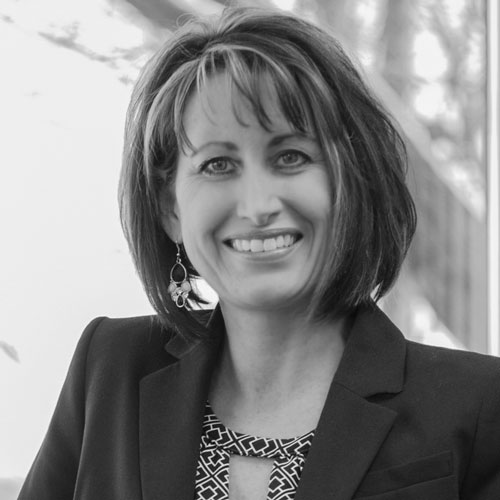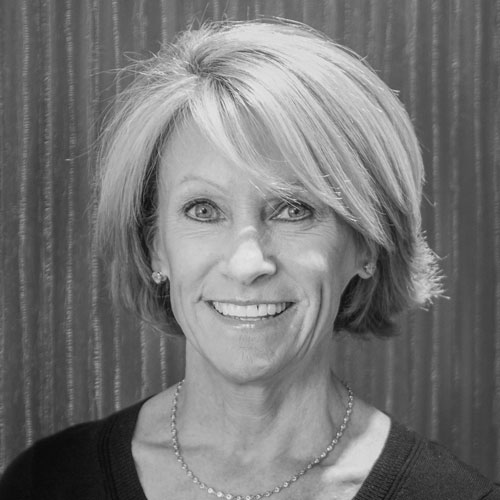Highly advanced, integrated computer systems are an essential part of the contemporary healthcare environment. Lee Milligan was well aware of this throughout medical school and his residency. In fact, he maintained a keen interest in the intersection of medicine and the digital world well into his first job as a physician in the emergency department at Medford, Oregon-based healthcare provider Asante.
His interest was so strong that he started taking computer science classes at a local community college at about the same time the hospital began searching for a new enterprise EHR system. Over time, Milligan became so involved in the implementation of the application that he changed careers, ultimately becoming Asante’s vice
president and chief medical information officer. He has been helping lead the transformation of the health system’s IT environment ever since.
When he came to work at Asante, Milligan discovered that its existing system was not interactive, was mainly populated by scanned PDFs, and offered no computerized physician order entry, and only minimal QA functionality. In addition, with value-based care on the horizon, the system could not fulfill most of its reporting requirements.

“Becoming part of the team that implemented our Epic EHR system confirmed how much I like integrating healthcare and computers,” Milligan says. “It gives me the chance to have an impact that goes far beyond the one-on-one
clinician/patient experience.”
His new position enabled him to address what he views as some of the inherent weaknesses of even the best digital systems. Although vendors are IT experts, they are not nearly as strong when it comes to understanding clinician workflows and developing the most effective solutions to support them.
In response, Milligan launched the Asante-Epic Physician Builder program, which offered analyst-level training to a group of ten physicians. Since being certified, they have leveraged their insights into procedures and clinical relevance by developing custom applications for the hospital.
“Being able to build our own content within Epic gives us a level of control that was never possible before,” Milligan says. “It lets us deliver innovations that directly address clinicians’ most pressing needs.”
CodeRunner, for example, is an application Milligan developed to help organize the chaos of Code Blue situations. The program automatically compiles essential information, like the reason for a patient’s admission, recent procedures, key lab values, and recent medicines on a single, easily accessible page. Since the application was introduced, several other health systems have adopted it for their own use.
To improve the acceptance and effective use of Epic, Milligan has also dramatically changed training methods associated with it. Many organizations use a “fire hose” approach that presents everything users need to know all at once. He has replaced that with a continuing education program that puts training in the context of users’ work environments. As an Epic Credentialed Trainer, Milligan has developed lesson plans that focus on single topics and are presented during two-hour sessions every two months at each Asante campus.
“Customized lesson plans enable physicians to train fellow clinicians, which improves learning and produces tangible results,” Milligan points out. “It has also given the IT group nearly real-time feedback on Epic issues that our analyst builders are able to address almost immediately.”
As part of improving internal data management and responses to customer requests, Milligan and his team have prioritized listening and simplifying many IT processes. For example, requests for reports are now reviewed and clarified by the newly created role of the clinical data analyst. This analyst speaks with end-users before work begins in order to discuss business requirements and ensure they are addressed effectively the first time. This eliminates the need to repeatedly refine reports.
The request architecture itself has also been improved. In the past, multiple queues categorized by specific departments created a confusing backlog of requests—at one point, more than seventy report requests going back three years were waiting to be processed. Now, with a single request pathway and a collaborative approach to allocating the work, the backlog has been reduced to ten requests.
The ITS-Analytics department has also introduced the role of principle trainer. The trainer instructs end users on how to interpret reports and get the most use out of the resulting details.
“We used to build reports, give them to requesters, and then let them figure out what to do with them,” Milligan says. “Results are much more beneficial if we take time to show how to use the product we’re delivering.”
Milligan’s team is in the process of rolling out data on-demand. Using simplified tools, users will be able to build their own reports, which will provide unprecedented scaling capabilities. Milligan estimates that after two years in operation, on-demand access will effectively double report productivity without adding additional cost or new team members.
Another objective is to amplify the work Asante is doing with predictive and prescriptive analytics. Milligan believes this will be crucial for effectively addressing the demands of population health.
“We may be able to predict something like who is most likely to be re-admitted to the hospital, but then, what do we do about it operationally?” he asks. “At the end of the day, we need to consistently deliver practical capabilities and actionable, reliable information.”
These achievements haven’t gone unnoticed, and many of Milligan’s colleagues are impressed by his ability to leverage technology to improve patient care.
“I have the good fortune of working with many healthcare leaders, and Dr. Milligan really stands out,” says Jose Barreau, CEO and cofounder of Halo Communications, a provider of clinical communications platforms. “He is knowledgeable and on the forefront of technology in healthcare and knows what physicians and nurses need to deliver great patient care.”
All of these changes are just a portion of the comprehensive restructuring, refinement, and innovative solutions Milligan and his team continue to work on. From data governance and transparency to rigorous validation processes, they are all preparing Asante to meet whatever challenges the future may bring.
“Ultimately, my job is to develop and execute ideas that are aligned with our business needs and address evolving challenges,” Milligan says. “So, in addition to creating new solutions, my ongoing challenge is making sure everyone understands why all this matters.”
Photos by Leah Nash Photography

